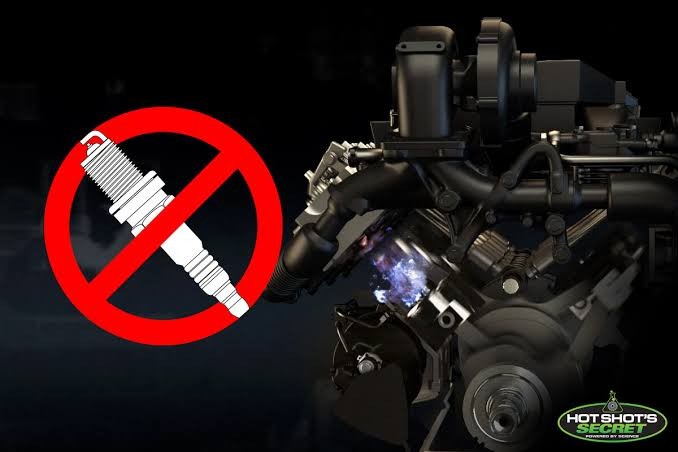There is no spark plug in diesel engines because, in the suction process, only air comes inside the engine cylinder during the suction process, and fuel is injected inside the engine cylinder during the compression process. A spark plug cannot inject fuel; it can only generate the spark.
A diesel engine is a type of internal combustion engine that uses diesel fuel as its main source of energy. Diesel engines are widely used in various applications, such as trucks, buses, trains, ships, generators, and agricultural machinery. Diesel engines have many advantages over gasoline engines, such as higher fuel efficiency, lower emissions, and longer durability. However, diesel engines also have some differences from gasoline engines, such as the way they ignite the fuel. One of the most noticeable differences is that diesel engines do not use a plug to start the combustion process.
What is a Plug?
A plug is a device that creates a spark to ignite the air-fuel mixture in a gasoline engine. A plug consists of two electrodes that are separated by a gap.
When a high voltage current passes through the electrodes, it creates a spark that jumps across the gap and ignites the air-fuel mixture in the cylinder. The spark plug is timed to fire at the right moment to achieve optimal combustion and power output.
Why Does a Diesel Engine Not Use a Plug?
A diesel engine does not use a plug because it does not need a spark to ignite the fuel. Instead, a diesel engine relies on the heat of compression to ignite the fuel. A diesel engine works by drawing in only air into the cylinder and compressing it to a very high pressure and temperature. Then, a small amount of diesel fuel is injected into the cylinder at the end of the compression stroke. The diesel fuel atomizes and mixes with the hot compressed air and spontaneously ignites due to the high temperature and pressure. This causes the combustion process to start and push the piston down, creating power.
The advantage of this method is that it eliminates the need for a spark plug and its associated components, such as wires, coils, distributors, and ignition systems. This simplifies the design and maintenance of the engine and reduces the risk of ignition failure or misfire. Moreover, this method allows for higher compression ratios and leaner air-fuel mixtures, which improve the fuel efficiency and performance of the engine.
However, this method also has some challenges and limitations. One of them is that it requires a higher quality of fuel than gasoline engines. Diesel fuel must have a high cetane number, which measures its ability to ignite under compression. If the cetane number is too low, the fuel may not ignite properly or may cause knocking or detonation, which can damage the engine. Another challenge is that it requires a higher starting torque than gasoline engines. Since diesel engines do not have spark plugs to assist in starting, they rely on the starter motor to crank the engine until enough heat and pressure are generated to ignite the fuel. This can be difficult in cold weather or when the battery is weak.
How Do Diesel Engines Start in Cold Weather?
One of the solutions to overcome the cold start problem of diesel engines is to use glow plugs. Glow plugs are devices that are installed in each cylinder of a diesel engine to preheat the air-fuel mixture before injection.
Glow plugs consist of heating elements that are connected to an electrical circuit. When the ignition switch is turned on, the glow plugs are activated and start to heat up. They reach a high temperature within a few seconds and create a hot spot in each cylinder. This helps to raise the temperature and pressure of the air-fuel mixture and make it easier to ignite when injected.
Glow plugs are usually only needed during cold weather or when the engine is cold. Once the engine starts running and reaches its normal operating temperature, the glow plugs are turned off automatically by a controller or sensor. Glow plugs are not essential for running a diesel engine, but they help to improve its starting performance and reduce emissions.

Comments (0)
Please login to join the discussion
Be the first to comment on this article!
Share your thoughts and start the discussion